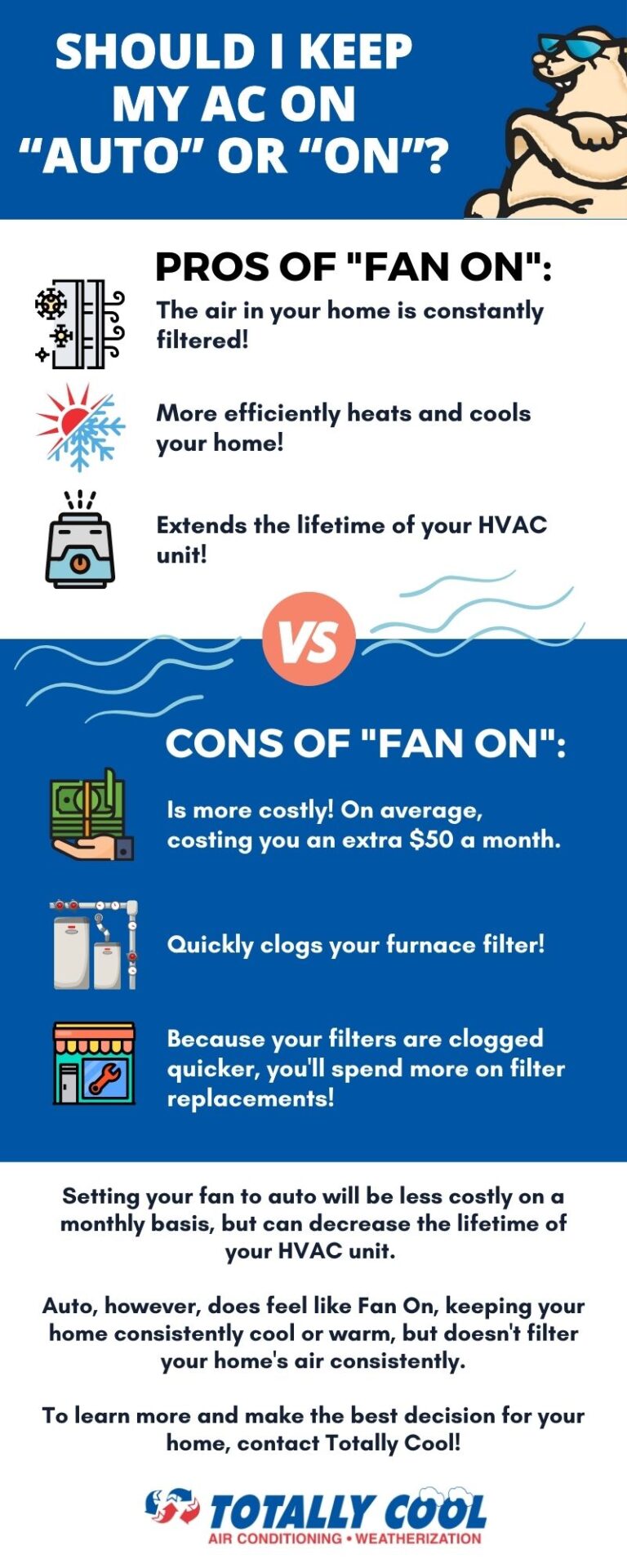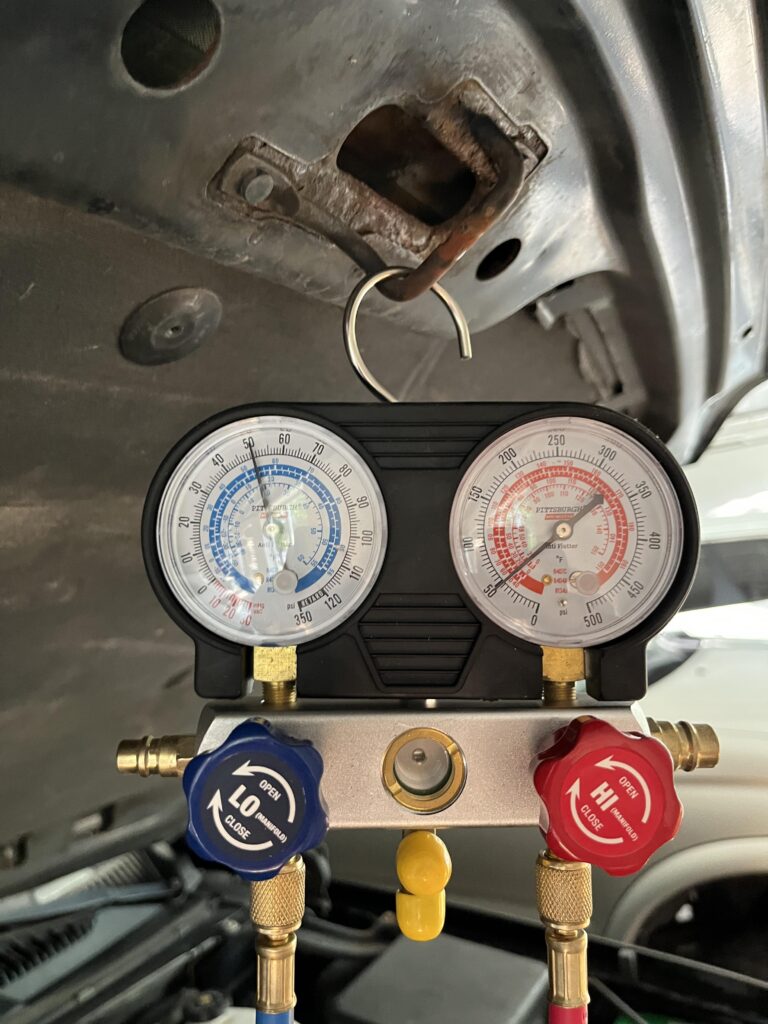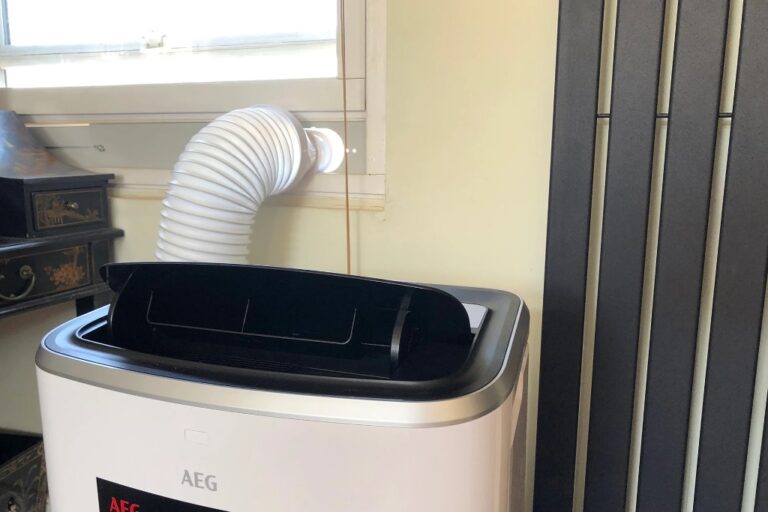Do All Portable Air Conditioners Have To Be Vented Out A Window?
Not all portable air conditioners need to be vented out a window. Some models use a ventless design.
Portable air conditioners provide a convenient cooling solution. They are ideal for spaces where traditional window units are impractical. While many models require venting to expel hot air, some ventless options exist. These units use evaporative cooling technology, which doesn’t need external venting.
It’s essential to understand the specific requirements of your chosen model. Proper setup ensures optimal performance and efficiency. Researching different types can help you find the best fit for your needs. Whether vented or ventless, portable air conditioners can enhance your comfort. Make sure to consider your room size and cooling needs before making a purchase.
Introduction To Portable Air Conditioners
Portable air conditioners offer a convenient cooling solution. They are ideal for spaces where traditional ACs are not an option. Understanding their functionalities and applications is essential.
What They Are
Portable air conditioners are standalone units. They can be moved from room to room. These units use a refrigeration cycle to cool the air. Some models also dehumidify the air.
These devices have a simple setup. Just plug them in and attach the exhaust hose. The exhaust hose removes hot air from the room. This is usually done through a window.
Common Uses
People use portable air conditioners for different reasons. Below are some common uses:
- Small Apartments: Ideal for cooling small living spaces.
- Home Offices: Keeps your workspace comfortable during hot days.
- Bedrooms: Ensures a good night’s sleep by maintaining a cool temperature.
- Rental Properties: Tenants can use them without altering the property.
These units are also useful in homes without central air conditioning. They are easy to install and do not require permanent modifications.
Remember, most portable air conditioners need to be vented. This usually means venting through a window. Some models offer alternative venting options like through a wall or ceiling.
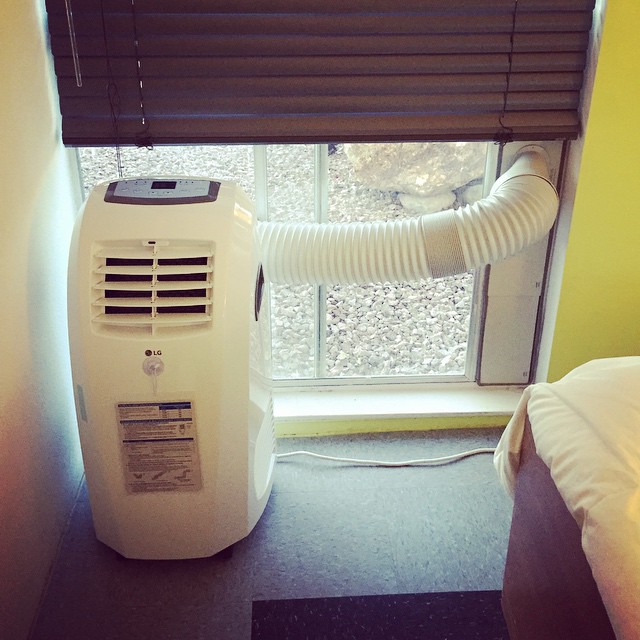
Credit: americanhomewater.com
The Need For Venting
Portable air conditioners are popular for their cooling capabilities. But do they always require venting through a window? Understanding the need for venting helps you make an informed choice.
How Venting Works
Portable air conditioners remove hot air from the room. This hot air must be vented out. Most units come with a venting kit. The kit usually includes a hose and window adapter.
To use the kit, attach the hose to the unit. Then, place the other end of the hose outside. This setup expels the warm air outdoors. Without venting, the unit can’t cool efficiently.
Why It’s Necessary
Venting is crucial for several reasons:
- Efficient Cooling: Venting removes hot air from the room.
- Energy Use: Without venting, the unit works harder.
- Room Comfort: Venting ensures the room stays cool.
Units without venting can recirculate warm air. This makes cooling less effective. Proper venting improves performance and energy efficiency.
| Venting Need | Reason |
|---|---|
| Efficient Cooling | Removes hot air |
| Energy Use | Prevents overworking |
| Room Comfort | Keeps room cool |
Understanding the need for venting ensures you get the most from your portable air conditioner.
Types Of Venting Options
Portable air conditioners need to vent hot air. Venting keeps your room cool. There are different ways to vent this air. Let’s explore the types of venting options.
Window Venting
Most portable air conditioners use window venting. It is the most common method. A window kit comes with the unit. The kit includes a hose and window slider. The hose connects the unit to the slider. The slider fits in your window. This setup allows hot air to go outside. This method is easy and efficient.
Here are the steps to set up window venting:
- Measure your window.
- Install the window slider.
- Attach the hose to the air conditioner.
- Secure the hose to the window slider.
- Ensure there are no gaps.
Alternative Methods
Not all homes have suitable windows. In such cases, you need alternative venting methods. One option is venting through a wall. This requires drilling a hole. The hole should be the size of the vent hose. Install the hose through the hole. Seal any gaps to prevent air leaks.
Another option is venting through a ceiling. This is less common. It works well in certain rooms. Connect the hose to a ceiling vent. Ensure it leads outside or to an attic. Make sure to seal all gaps.
You can also use a sliding door. This method is similar to window venting. Use a window kit adapted for doors. Ensure the door seals tightly around the vent.
| Method | Suitability | Ease of Installation |
|---|---|---|
| Window Venting | Common | Easy |
| Wall Venting | Custom | Moderate |
| Ceiling Venting | Specialized | Difficult |
| Door Venting | Custom | Moderate |
Choose the method that suits your home best. Ensure proper installation for best results.
Benefits Of Proper Venting
Proper venting is crucial for portable air conditioners. It enhances efficiency and performance, making your space cool and comfortable.
Efficiency
Proper venting boosts the efficiency of your portable air conditioner. When vented correctly, the unit expels hot air outside. This prevents the re-circulation of warm air in the room.
Without proper venting, the air conditioner works harder. This increases energy consumption and reduces cooling efficiency. Proper venting saves energy and reduces electricity bills.
Performance
Proper venting ensures optimal performance of your portable air conditioner. The unit can effectively remove heat from the room.
Venting out a window allows the air conditioner to maintain the desired temperature. This results in consistent and comfortable cooling.
Without proper venting, the air conditioner struggles to cool the room. This leads to uneven cooling and discomfort.
Challenges With Window Venting
Portable air conditioners often need to be vented out a window. This can present various challenges. Let’s explore some of the common issues faced with window venting.
Installation Issues
Setting up a portable air conditioner can be tricky. The installation process requires proper alignment of the vent hose. Incorrect alignment can lead to air leaks. Air leaks reduce the unit’s efficiency.
Sometimes, windows are not compatible with the vent kit. This means extra modifications may be needed. Modifications can be time-consuming and frustrating.
Space Constraints
Small rooms can face space constraints. The vent hose takes up extra space. This can make the room feel more cramped.
In some cases, the window might be blocked by furniture. Moving furniture around can be inconvenient. It might not always be possible to rearrange the room.
| Challenge | Details |
|---|---|
| Installation Issues | Proper alignment needed, potential for air leaks, incompatible windows |
| Space Constraints | Vent hose takes up space, window might be blocked by furniture |
These challenges can impact the overall experience of using a portable air conditioner. Addressing them can lead to a more comfortable environment.
Non-vented Portable Air Conditioners
Non-vented portable air conditioners offer a unique cooling solution. These units do not require a window exhaust. They are different from traditional portable air conditioners. A popular type of non-vented air conditioner is the evaporative cooler.
Evaporative Coolers
Evaporative coolers, also known as swamp coolers, use water to cool the air. They are best suited for dry climates. These coolers add moisture to the air while cooling it.
Pros And Cons
| Pros | Cons |
|---|---|
|
|
Evaporative coolers are energy-efficient and have a low operational cost. They are easy to install and eco-friendly. On the downside, they are not effective in humid areas and require regular water refills. They can also increase indoor humidity and are less powerful than traditional ACs.
Choosing The Right Portable Air Conditioner
Finding the best portable air conditioner for your space can be tricky. There are various factors to consider to ensure you make the right choice. This section will guide you through the key elements to look at while making your decision.
Factors To Consider
When selecting a portable air conditioner, keep these factors in mind:
- BTU Rating: The BTU rating determines the cooling capacity. Higher BTUs mean more cooling power.
- Energy Efficiency: Look for units with a high EER (Energy Efficiency Ratio).
- Noise Level: A quieter unit is essential for bedrooms and offices.
- Venting Requirements: Most portable air conditioners need venting through a window.
Room Size And Usage
Choosing the right portable air conditioner also depends on the room size and intended usage.
| Room Size (sq ft) | Recommended BTU |
|---|---|
| Up to 200 | 8,000 |
| 200-300 | 10,000 |
| 300-400 | 12,000 |
| 400-500 | 14,000 |
For larger spaces, you may need multiple units or a central system.
Consider your room’s usage. Bedrooms need quieter units. Living rooms may need higher BTUs for faster cooling. Make sure to match the air conditioner to your specific needs.
Maintenance And Care
Proper maintenance and care of your portable air conditioner extend its life. It also ensures it runs efficiently. This section covers cleaning tips and how to ensure its longevity.
Cleaning Tips
Regular cleaning keeps your portable air conditioner in top shape. Here are some cleaning tips:
- Clean the filters every two weeks. Dirty filters reduce efficiency.
- Use a damp cloth to wipe down the exterior. This removes dust and grime.
- Check the drainage system regularly. Ensure there are no clogs.
- Vacuum the air intake and exhaust vents. This improves airflow.
Longevity
Ensuring your portable air conditioner lasts long is important. Follow these tips for better longevity:
- Always keep it in a cool, dry place when not in use.
- Ensure proper ventilation during operation. This prevents overheating.
- Schedule a professional check-up once a year. They can spot issues you might miss.
- Use a surge protector to avoid electrical damage.
Taking these steps ensures your portable air conditioner serves you well. Proper care and regular maintenance make a big difference.
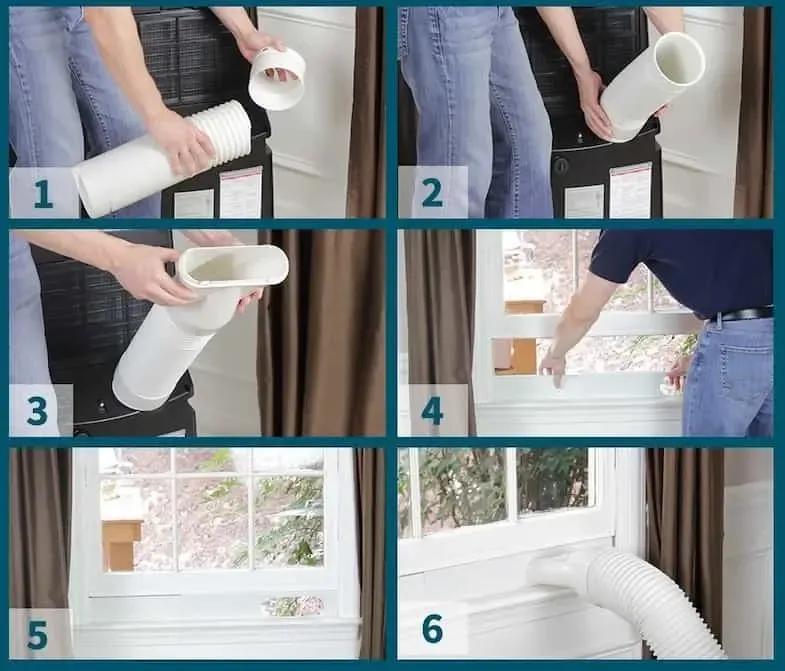
Credit: www.sylvane.com
Frequently Asked Questions
Can You Use A Portable Air Conditioner Without The Window Vent?
No, a portable air conditioner needs a window vent to expel hot air. Without it, the unit won’t cool effectively.
Can You Use A Portable Air Conditioner In A Room With No Windows?
Yes, you can use a portable air conditioner in a room with no windows. Use a venting kit to direct hot air through a door or wall. Ensure proper ventilation for efficient operation.
Do Ventless Portable Air Conditioners Work?
Ventless portable air conditioners do not exist. All portable air conditioners require venting to expel hot air outside.
Conclusion
Venting is crucial for portable air conditioners to work efficiently. Some models offer alternatives to window venting. Always check the manufacturer’s guidelines. Understanding venting options helps you choose the best portable air conditioner for your space. Make an informed decision to stay cool and comfortable.



